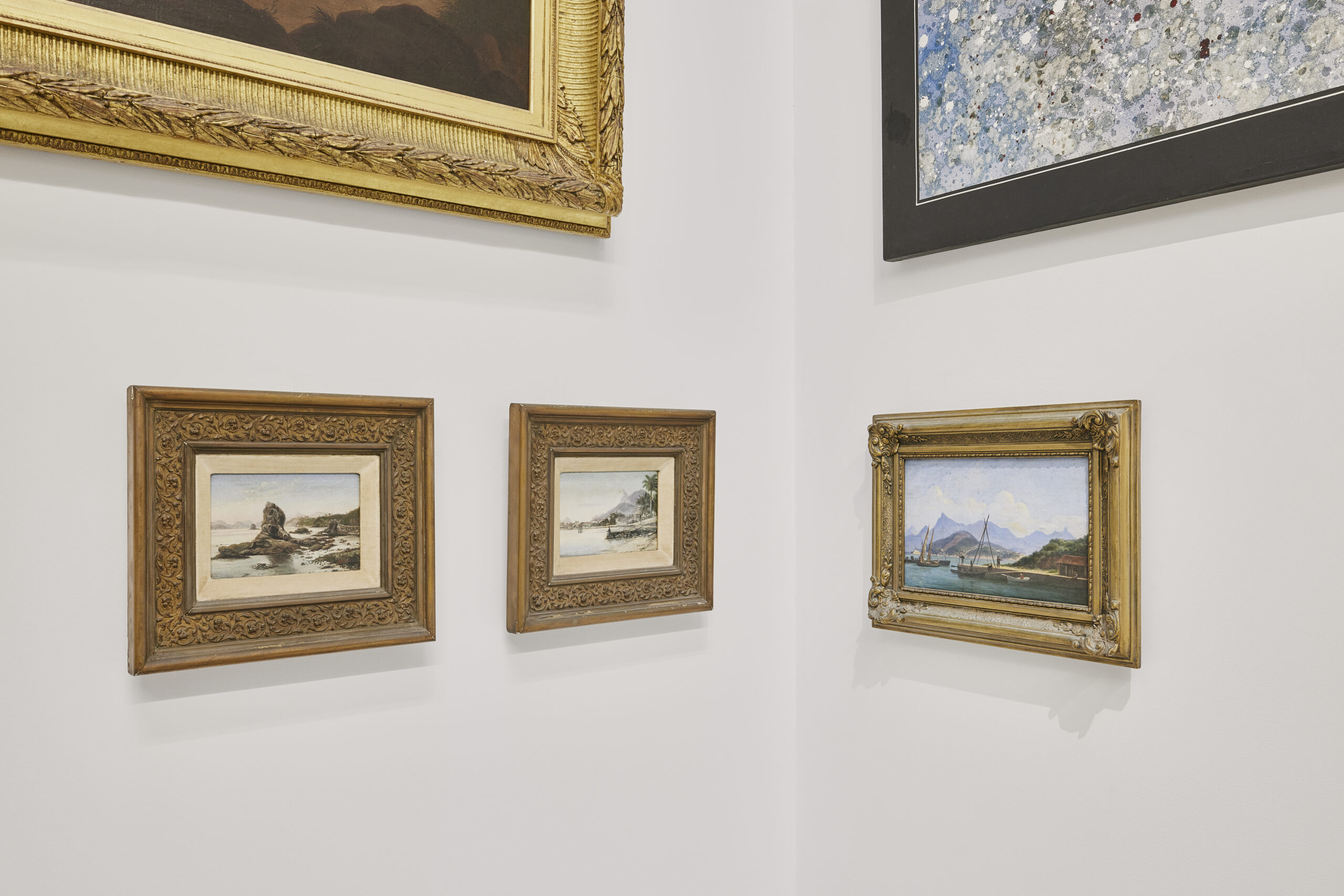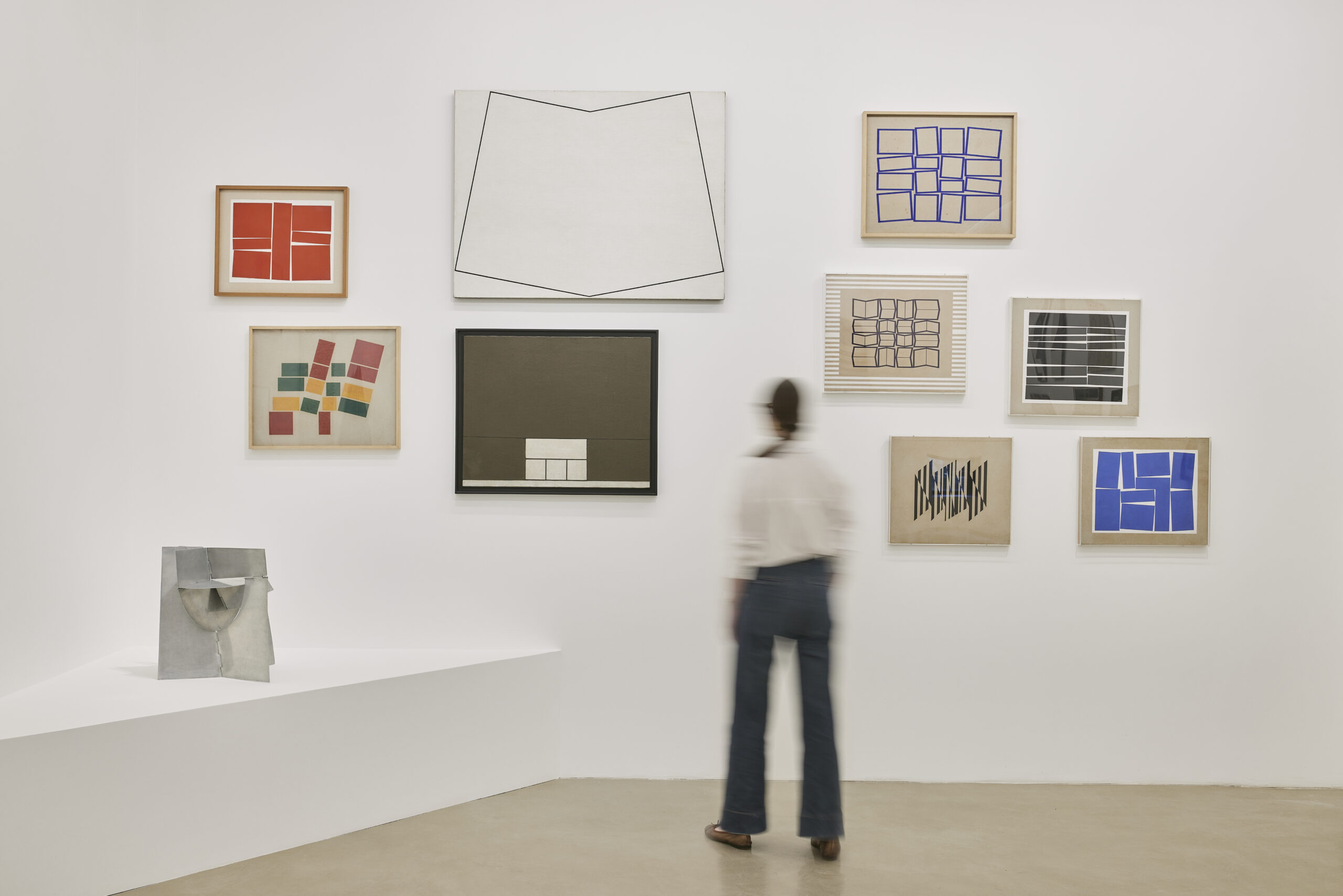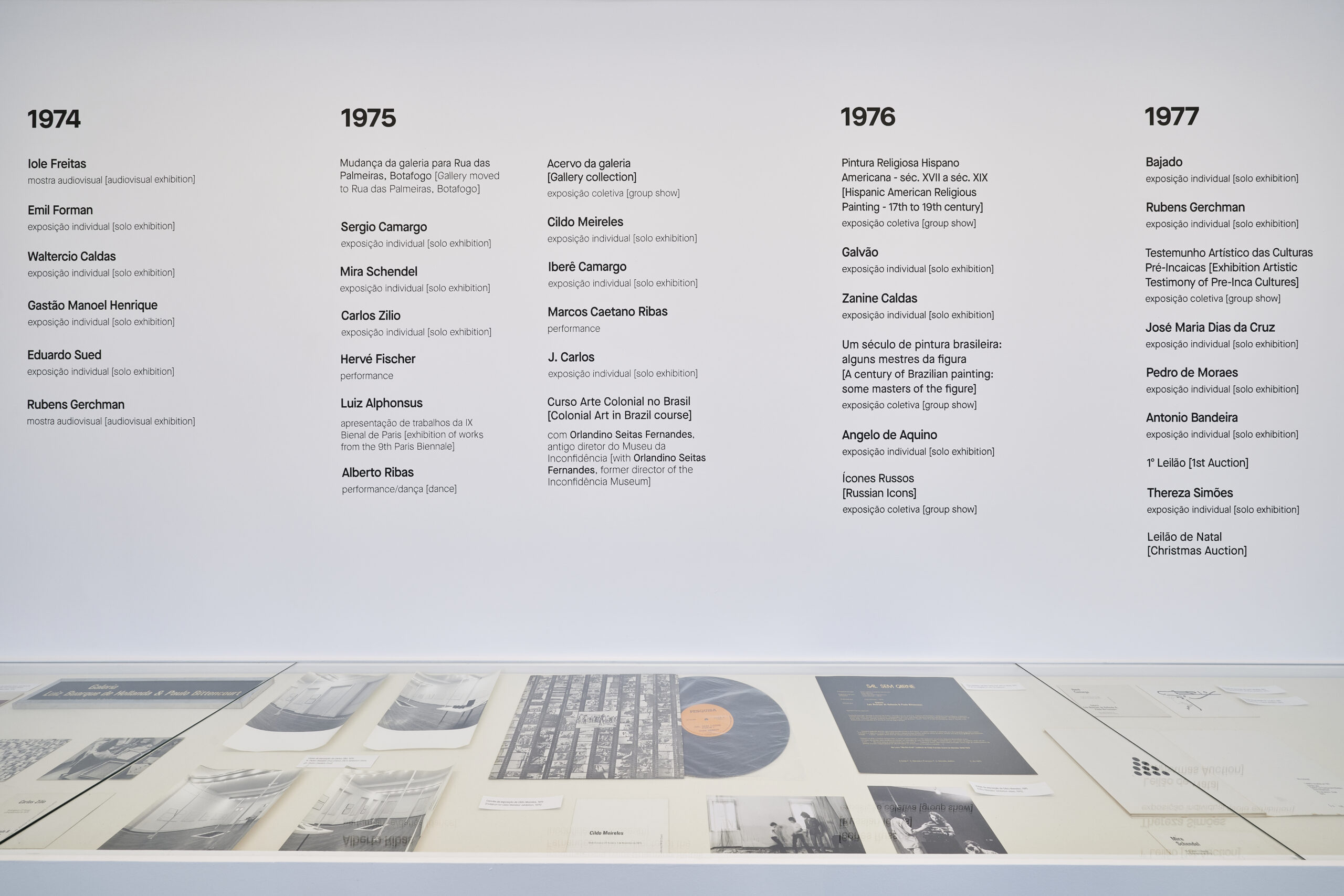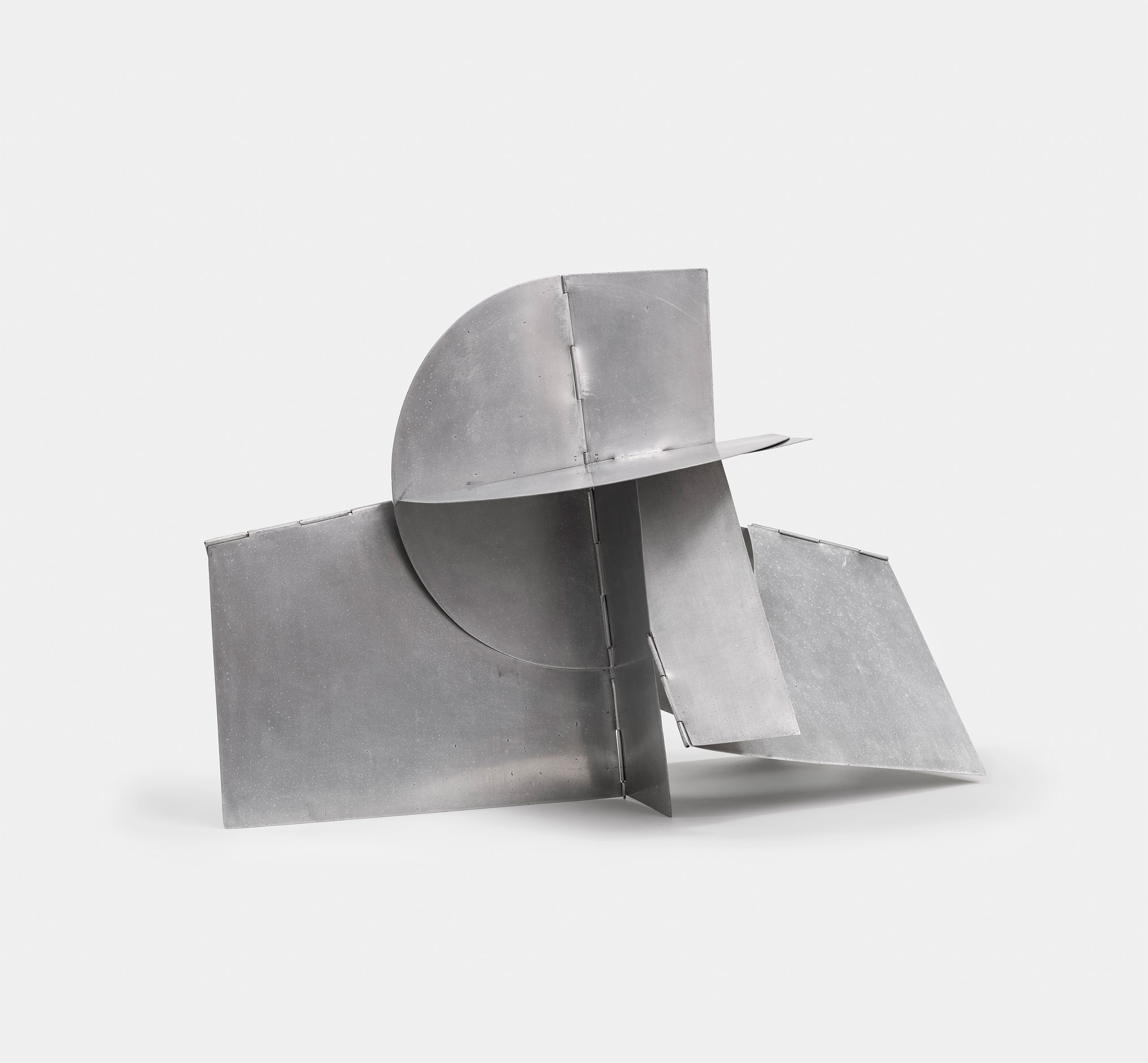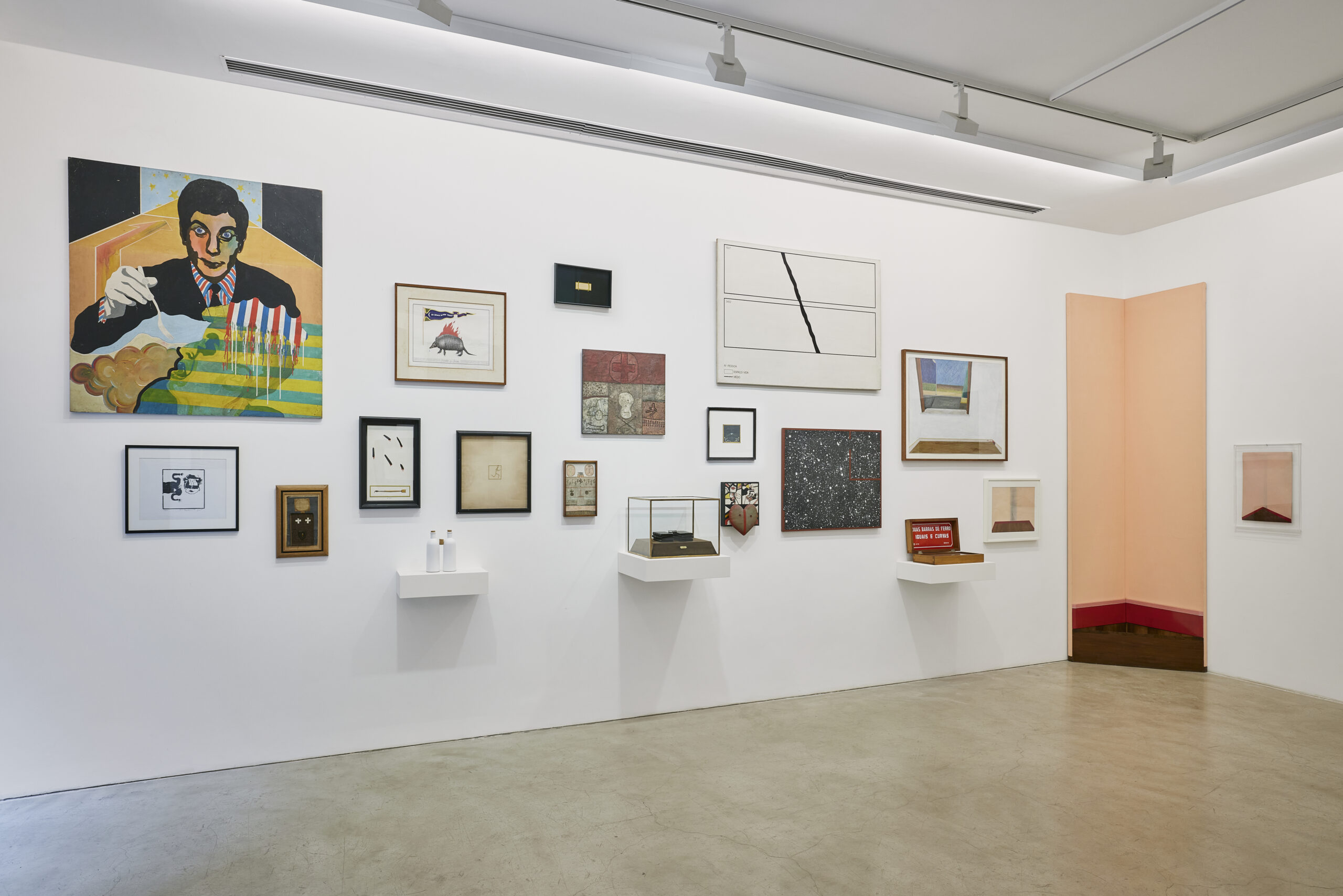
AN AFFECTIVE TAKE ON BRAZILIAN ART: Luiz Buarque de Hollanda
A Flexa tem o prazer de anunciar sua terceira exposição, intitulada An Affective Take on Brazilian Art: Luiz Buarque de Hollanda, com curadoria de Felipe Scovino and exhibition design by Daniela Thomas. A mostra examina a figura de Luiz Buarque de Hollanda (1939-1999), advogado e colecionador que criou, com o sócio Paulo Bittencourt (1944-1996), a Galeria Luiz Buarque de Hollanda & Paulo Bittencourt, cuja atuação se deu entre 1973 de 1978, no Rio de Janeiro.
For more than three decades, Luiz Buarque de Hollanda was a central figure in Brazilian collecting, as well as a pioneer in collaborating with projects by artists who would become seminal in the history of Brazilian art. Among these artists are Carlos Vergara, Carlos Zilio, Cildo Meireles, Debret, Glauco Rodrigues, Iberê Camargo, Iole de Freitas, J. Carlos, Mira Schendel, Rubens Gerchman, Sergio Camargo, Thereza Simões and Waltercio Caldas. The gallery’s program brought together different generations, blending avant-garde and tradition in its space.
Gathering around 150 works by artists featured in the collection and exhibitions organized, the exhibition is divided into four themes of interest for the collector-gallery owner. These are: Landscape: from enchantment to hostility; Unlikely Approaches: the portrait between the social and the libidinous; Fragmented Body; and Constructive Languages and Disruptive Developments.
According to Scovino, “This exhibition delves both curatorial and exhibition design-wise into how Luiz acquired, organized, and displayed his collection. He surrounded himself with what brought him pleasure and consciously built a very singular way of looking at Brazilian art. The gallery he co-founded in the 1970s was innovative in its interdisciplinary approach, bridging generations, but above all in creating a welcoming atmosphere that was close to the artists. His image and memory are tied to the realms of affection and intellect.”
Luiz’s friendship with the artists and his passion for art can be exemplified by his generosity in producing special editions of works, such as a book by Mira Schendel – now part of the MoMA collection in New York – and Cildo Meireles’s album Sal sem Carne in the 1970s. Luiz was directly involved in the edition of Lygia Clark’s Livro-obra (1984) and in research with Noêmia Buarque de Hollanda for the exhibition and catalog of the artist’s retrospective, which began in 1997 at the Fundación Tàpies (Barcelona) and traveled to five countries.
The exhibition at Flexa also includes extensive documentation: prints, posters, invitations, reviews, and news about the gallery’s exhibitions. This material reminds us how the gallery was a space for interaction and reflection, bringing together artists, collaborators, and an audience interested in debating the art scene. There, not only exhibitions and performances were held, but also audiovisual presentations, debates, courses, and more. In this way, An Affective Take on Brazilian Art: Luiz Buarque de Hollanda aims to offer a perspective on a figure who contributed to shaping the Brazilian art scene by collecting, exhibiting, and promoting work that, at the time, had not yet been fully embraced by the emerging market.
WORKS

Hélio Oiticica
Lá e cá/Metaesquema, 1958
guache sobre cartão [goache on paperboard]
46 x 51,9 cm [18 1/8 x 20 1/8 in]

Cildo Meireles
Sem título, da série Brasília, 1977
pastel oleoso, acrílica e lápis cera sobre papel
70 x 49 cm














